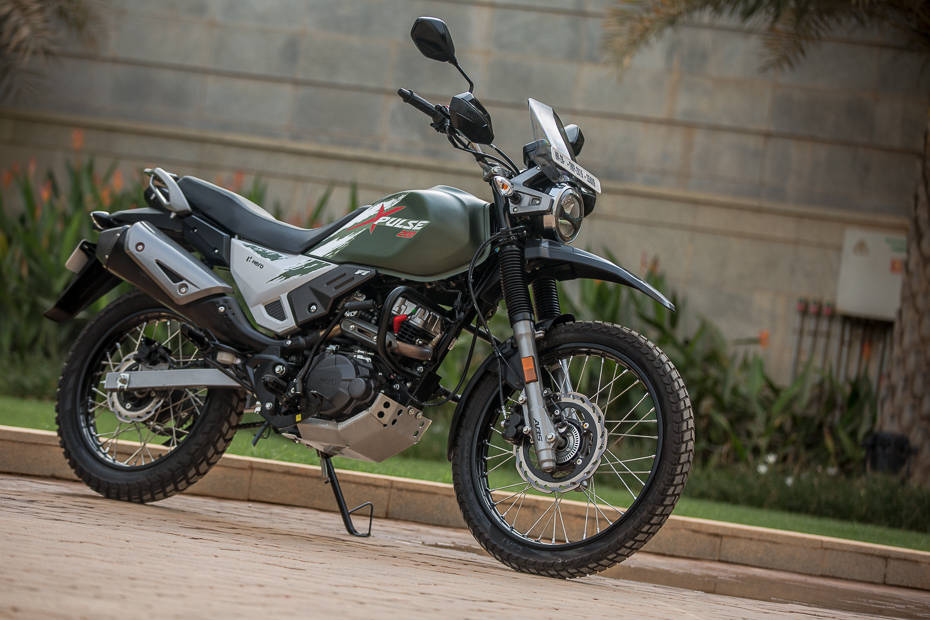Hero XPulse 200 4V vs Yamaha Crosser 150: Image Comparison
Modified On May 1, 2022 08:21 PM By Nishaad Joshi for Hero XPulse 200 4V
- 1425 Views
- Write a comment
Here’s how the newly launched Crosser 150 fares against its desi rival in pics


Yamaha recently launched the 2023 iteration of its entry-level ADV, the Crosser 150, in Brazil. You can read more about the launch here. Let’s see how the Crosser fares against its desi rival, the Hero XPulse 200 4V.


In terms of design, both bikes sport a tall and lean stance. They feature a sharp beak and a short flyscreen up front, but the XPulse 200 4V’s screen is a bit taller. While they both get an LED headlight along with halogen indicators, the XPulse 200 4V also comes equipped with knuckle guards.


Talking about the instrument cluster, the Crosser 150 gets a negative backlit digital display without Bluetooth connectivity, along with a USB charging socket. Whereas the XPulse 200 gets a fully-digital instrument cluster with smartphone and Bluetooth connectivity, turn-by-turn navigation, gear position indicator, eco mode indicator and call alerts.


Equipped with a larger, air-cooled 199cc engine with oil cooler, the XPulse 200 is the more powerful bike of the duo. Its motor produces 18.08PS and 16.45Nm, whereas the Crosser 150’s smaller air-cooled mill churns out 12.6PS along with 12.75Nm. The Crosser being 23kg lighter should be able to mask its power deficit well. Both engines are mated to 5-speed transmissions.


The XPulse 200’s 190mm of suspension travel at the front against the Crosser 150’s 180mm is an added advantage off the road. The 10-step preload adjustability on the XPulse’s rear monoshock makes it a much more capable machine to go off-road.


The XPulse 200’s 21- & 18-inch wheel combination at the front and back also is a lot more helpful on the rough terrain, compared to the Crosser’s 19- & 17-inch rims. The slightly fatter rear tyre on the XPulse should also instill a bit more confidence when cornering the motorcycle, at least theoretically.


Other practical bits like a 13-litre tank on the XPulse 200 versus the Crosser 150’s 12-litre unit help it on longer journeys. At 845mm, the Japanese bike’s seat height isn’t accessible for riders of short stature, whereas the XPulse’s seat is at a much friendlier 823mm.


The Yamaha Crosser 150 Z ABS retails at R$ 16,790(approximately Rs 2,73,736) whereas the Crosser 150 S ABS variant is priced at R$ 16,590(approximately Rs 2,69,477). Whereas the XPulse 200 4V starts at Rs 1,32,350 (ex-showroom Delhi). Hence, with a more affordable price tag, better features, more power and with an inclination towards going off the road, the XPulse 200 4V is the better entry-level ADV of the two.
